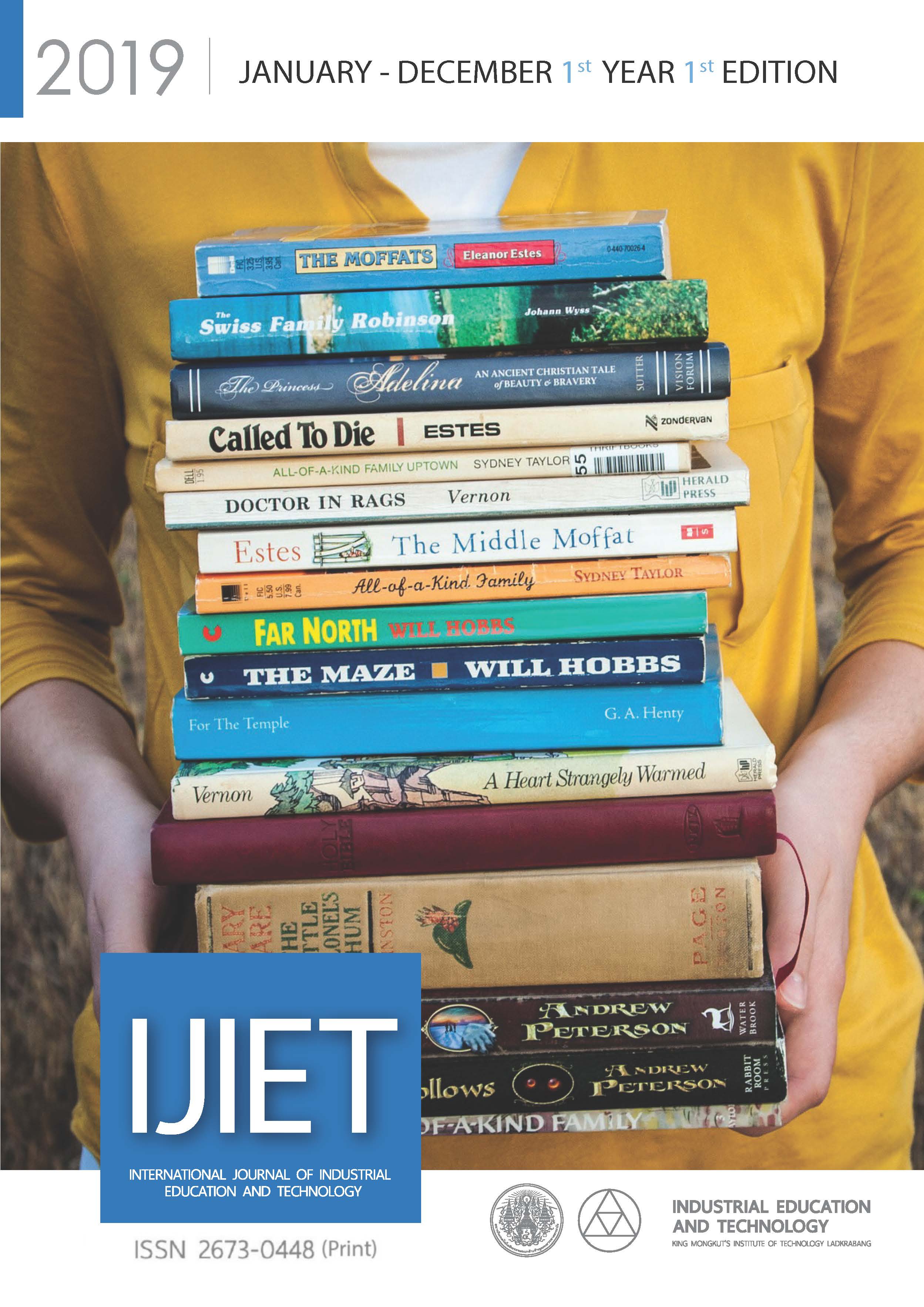From Contemporary to Post-Quantum Cryptography: System Models, Threats, and Proposed Solutions
Keywords:
Quantum Computing, Cryptography, QKDAbstract
In the presence of quantum computing and quantum key distribution (QKD), it is believed that the future of cryptography will take a sharp turn into a new direction. We propose one possible direction in this paper. A new abstract model is proposed. A brief review on the traditional secret-key cryptosystem and discussion on the credibility of the secure channel, as well as on theoretical and practical security, is given. After that, impacts from quantum computation are discussed, followed by presentation of interesting ideas from quantum key distribution (QKD) and wireless physical secret-key generation. Finally, possible integrated solutions are proposed, with some insight from the secure network coding technique.
References
J.L. Massey, “An introduction to contemporary cryptology”, Proceedings of the IEEE, 76, pp. 533–549, 1988.
D. Kahn, The Codebreakers, The Story of Secret Writing. New York, NY: MacMillan, 1967.
C. E. Shannon, “Communication theory of secrecy systems,” Bell Syst. Tech. I., vol. 28, pp. 656-715, Oct. 1949.
C. E. Shannon, “A mathematical theory of communication,” Bell Syst. Tech. I., vol. 27, pp. 379-423, 623-656, July and Oct. 1948.
W. Diffie and M. E. Hellman, “New directions in cryptography,” IEEE Trans. Information Theory, vol. IT-22, pp. 644-654, Nov. 1976
T.S. Metodi, A.I. Faruque, and F.T. Chong, “Quantum Computing for Computer Architects,” Morgan and Claypool Publishers, 2006.
P.W. Shor, “Polynomial-Time Algorithms for Prime Factorization and Discrete Logarithms on a Quantum Computer,” 35th Annual Symposium on Foundations of Computer Science, pp. 124–134, 1994. DOI: 10.1103/PhysRevA.52.R2493 3, 19, 23, 30, 76, 91, 131
L. Chen, S. Jordan, Y.-K. Liu, D. Moody, R. Peralta, R. Perlner, and D. Smith-Tone, “NIST: Report on Post-Quantum Cryptography,” NIST, Tech. Rep., 2016.
A. Khalid, S. McCarthy, M. O’Neill, and W. Liu, “Lattice-based Cryptography for IoT in A Quantum World: Are We Ready?,” In 2019 IEEE 8th International Workshop on Advances in Sensors and Interfaces (IWASI), pp. 194-199, Jun. 2019.
S.-K. Liao, W.-Q. Cai, J. Handsteiner, B. Liu, J. Yin, L. Zhang, D. Rauch, M. Fink, J.-G. Ren, W.-Y. Liu, Y. Li, Q. Shen, Y. Cao, F.-Z. Li, J.-F. Wang, Y.-M. Huang, L. Deng, T. Xi, L. Ma, T. Hu, L. Li, N.-L. Liu, F. Koidl, P. Wang, Y.-A. Chen, X.-B. Wang, M. Steindorfer, G. Kirchner, C.-Y. Lu, R. Shu, R. Ursin, T. Scheidl, C.-Z. Peng, J.-Y. Wang, A. Zeilinger, and J.-W. Pan, “Satellite-Relayed Intercontinental Quantum Network,” Phys. Rev. Lett. 120(3), 2018.
S.-K. Liao et al., “Satellite-to-Ground Quantum Key Distribution,” Nature, vol. 549, pp. 43–47, Aug. 2017.
C.H. Bennett, and G. Brassard, “Quantum Cryptography: Public Key Distribution and Coin Tossing,” In Int. Conf. on Computers, Systems & Signal Processing, pp. 175–179, 1984.
J. Wallace, ”Secure Physical Layer Key Generation Schemes: Performance and Information Theoretic Limits,” IEEE Int. Conf. Communications, Dresden, Jun. 2009.
A. Limmanee, and W. Henkel, “Secure Physical-Layer Key Generation Protocol and Key
Encoding in Wireless Communications,” In GLOBECOM Workshops, pp. 94-98, Dec. 2010.
N. Cai, and R.W. Yeung, “Secure Network Coding,” Int. Symp. Information Theory, Jun. 2002.
K. Bhattad and K.R. Narayanan, “Weakly Secure Network Coding,” in Proc. NETCOD, Apr. 2005.



